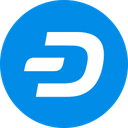-
 bitcoin
bitcoin $121833.232455 USD
-0.63% -
 ethereum
ethereum $4394.437030 USD
-2.00% -
 tether
tether $1.000570 USD
0.04% -
 bnb
bnb $1255.553465 USD
-3.73% -
 xrp
xrp $2.814944 USD
-1.59% -
 solana
solana $221.835346 USD
-2.40% -
 usd-coin
usd-coin $0.999869 USD
0.01% -
 dogecoin
dogecoin $0.249495 USD
-1.32% -
 tron
tron $0.336905 USD
-1.24% -
 cardano
cardano $0.816464 USD
-1.69% -
 chainlink
chainlink $22.130946 USD
-1.27% -
 hyperliquid
hyperliquid $44.208522 USD
-3.46% -
 ethena-usde
ethena-usde $1.000521 USD
0.02% -
 sui
sui $3.422897 USD
-2.51% -
 stellar
stellar $0.380164 USD
-1.31%
how to join blockchain network
To join a blockchain network, individuals must create a wallet, fund it with the native currency, connect to the network using software, create an account, and commence using the network's services.
Oct 19, 2024 at 05:54 am
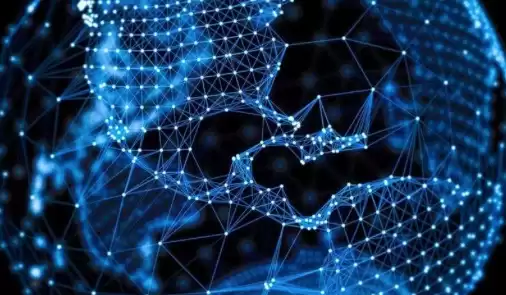
Blockchain networks are decentralized, distributed networks that allow users to securely and transparently store and share data. They are often used for applications such as cryptocurrencies, smart contracts, and supply chain management.
There are many different types of blockchain networks, each with its own set of protocols and features. Some of the most popular blockchain networks include Bitcoin, Ethereum, and Binance Smart Chain.
Joining a blockchain network is a relatively straightforward process. However, the specific steps involved will vary depending on the network you are joining. In general, you will need to:
- Create a wallet. A wallet is a software program that allows you to store and manage your blockchain assets. There are many different types of wallets available, so you will need to choose one that is compatible with the network you are joining.
- Fund your wallet. Once you have created a wallet, you will need to fund it with the native currency of the blockchain network. For example, if you are joining the Bitcoin network, you will need to buy Bitcoin and deposit it into your wallet.
- Connect to the network. Once you have funded your wallet, you will need to connect to the blockchain network. This can be done using a variety of software programs, such as a block explorer or a command-line interface.
- Create an account. Once you have connected to the network, you will need to create an account. This will usually involve providing a username and password.
- Start using the network. Once you have created an account, you can start using the blockchain network. This may involve sending and receiving transactions, deploying smart contracts, or participating in other activities.
Joining a blockchain network can be a great way to get involved in the blockchain ecosystem and take advantage of the benefits that blockchain technology has to offer. However, it is important to remember that blockchain networks are still under development and there are some risks involved in using them. Before joining a blockchain network, it is important to do your research and understand the risks involved.
Disclaimer:info@kdj.com
The information provided is not trading advice. kdj.com does not assume any responsibility for any investments made based on the information provided in this article. Cryptocurrencies are highly volatile and it is highly recommended that you invest with caution after thorough research!
If you believe that the content used on this website infringes your copyright, please contact us immediately (info@kdj.com) and we will delete it promptly.
- Kuarden, Binance, and Coinbase: Navigating the Crypto Landscape in Style
- 2025-10-11 00:25:16
- LEGO Batman Turns 20: New Sets Celebrate a Legacy of the Dark Knight
- 2025-10-11 00:25:16
- HEMI, Dominari, and Digital Assets: Bridging Bitcoin to Wall Street, Ya Heard?
- 2025-10-11 00:30:01
- Cryptos, Mandala Chain, Layer 1: A Deep Dive into the KPG Presale and Beyond
- 2025-10-11 00:30:01
- Mandala Chain: Early Investors, Thriving Developer Ecosystem, and Polkadot Potential
- 2025-10-11 00:30:01
- zkSchellingCoin: Revolutionizing Trust-Minimized Data with ZK-Oracles
- 2025-10-11 00:30:17
Related knowledge
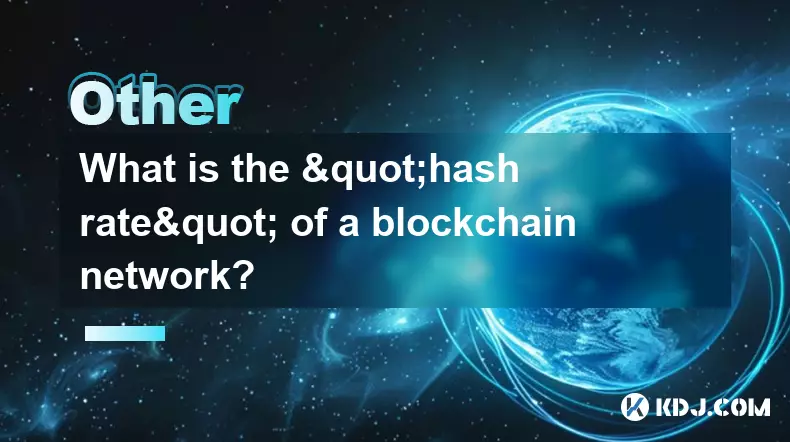
What is the "hash rate" of a blockchain network?
Oct 10,2025 at 03:55pm
Understanding Hash Rate in Blockchain Networks1. The hash rate refers to the total computational power being used to process transactions and mine new...

What is a token economy?
Sep 20,2025 at 12:18am
Understanding the Foundations of a Token Economy1. A token economy in the context of cryptocurrency refers to a system where digital tokens are used a...
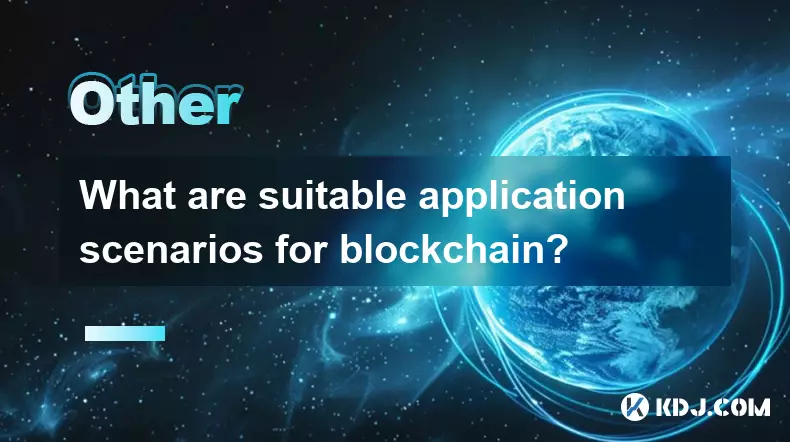
What are suitable application scenarios for blockchain?
Sep 20,2025 at 03:19am
Decentralized Finance (DeFi) Platforms1. Blockchain enables the creation of financial services without centralized intermediaries, allowing users to l...
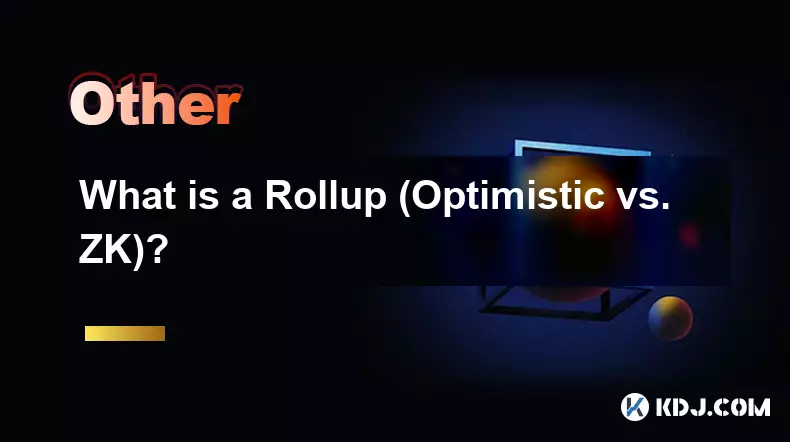
What is a Rollup (Optimistic vs. ZK)?
Sep 22,2025 at 03:00pm
Understanding Rollups in Blockchain Technology1. Rollups are layer-2 scaling solutions designed to increase transaction throughput on blockchains like...
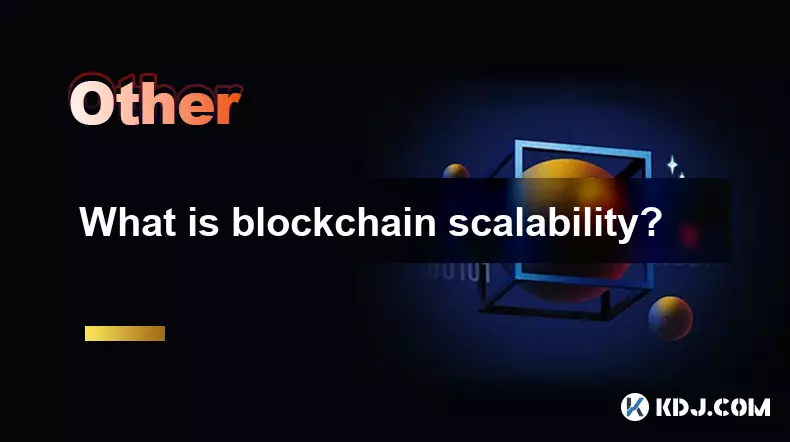
What is blockchain scalability?
Sep 19,2025 at 06:18am
Understanding Blockchain Scalability1. Blockchain scalability refers to a network's ability to handle an increasing number of transactions without com...
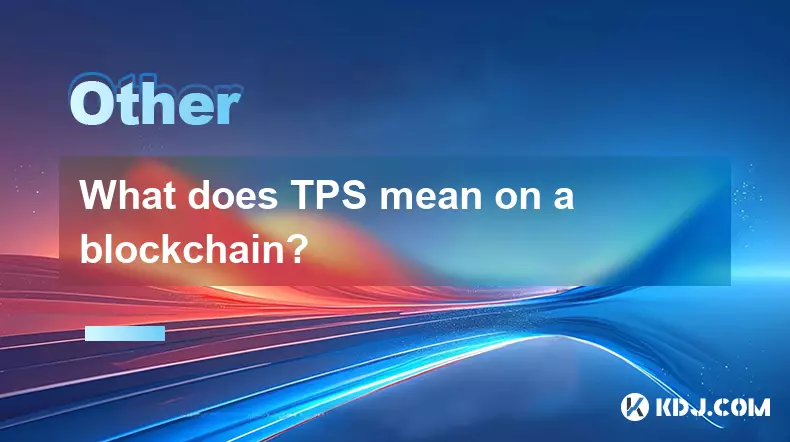
What does TPS mean on a blockchain?
Sep 21,2025 at 09:54am
Understanding TPS in Blockchain Technology1. TPS stands for Transactions Per Second, a metric used to measure the number of transactions a blockchain ...

What is the "hash rate" of a blockchain network?
Oct 10,2025 at 03:55pm
Understanding Hash Rate in Blockchain Networks1. The hash rate refers to the total computational power being used to process transactions and mine new...

What is a token economy?
Sep 20,2025 at 12:18am
Understanding the Foundations of a Token Economy1. A token economy in the context of cryptocurrency refers to a system where digital tokens are used a...

What are suitable application scenarios for blockchain?
Sep 20,2025 at 03:19am
Decentralized Finance (DeFi) Platforms1. Blockchain enables the creation of financial services without centralized intermediaries, allowing users to l...

What is a Rollup (Optimistic vs. ZK)?
Sep 22,2025 at 03:00pm
Understanding Rollups in Blockchain Technology1. Rollups are layer-2 scaling solutions designed to increase transaction throughput on blockchains like...

What is blockchain scalability?
Sep 19,2025 at 06:18am
Understanding Blockchain Scalability1. Blockchain scalability refers to a network's ability to handle an increasing number of transactions without com...

What does TPS mean on a blockchain?
Sep 21,2025 at 09:54am
Understanding TPS in Blockchain Technology1. TPS stands for Transactions Per Second, a metric used to measure the number of transactions a blockchain ...
See all articles






































































